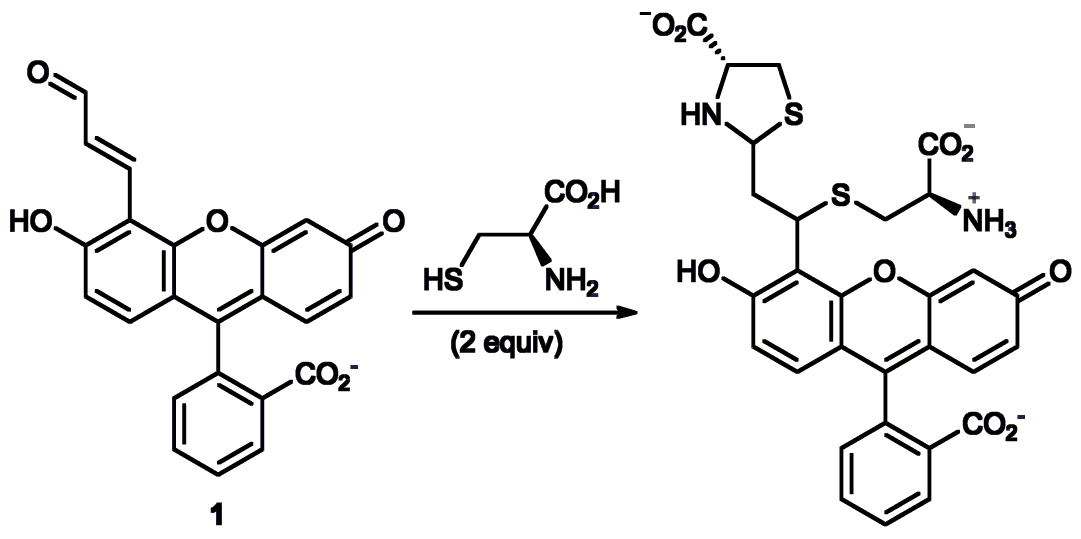About our Research
We design, synthesize and evaluate novel sensors. Our contributions include powerful new techniques for the visual detection of several biologically important molecules such as saccharides, amino acids, ribonucleotides, phospholipids, etc. Recently, we have discovered a versatile new method for the visual sensing of saccharides via the formation of characteristically colored complexes with our artificial receptors.
|
|
spin ON OFF
|

The selective color detection of homocysteine in human blood plasma using methyl viologen.
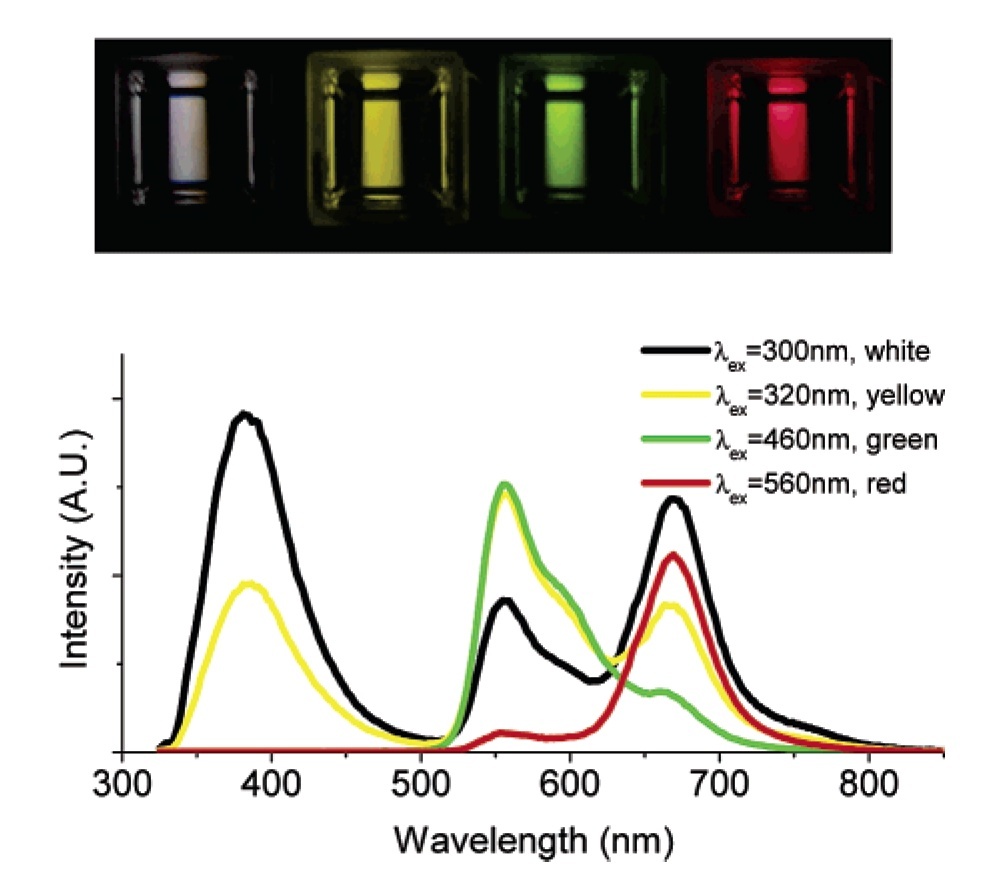
A seminaphthofluorone (SNARF) dye can produce fluorescent white, yellow, green and red emissions when excited at different wavelengths.
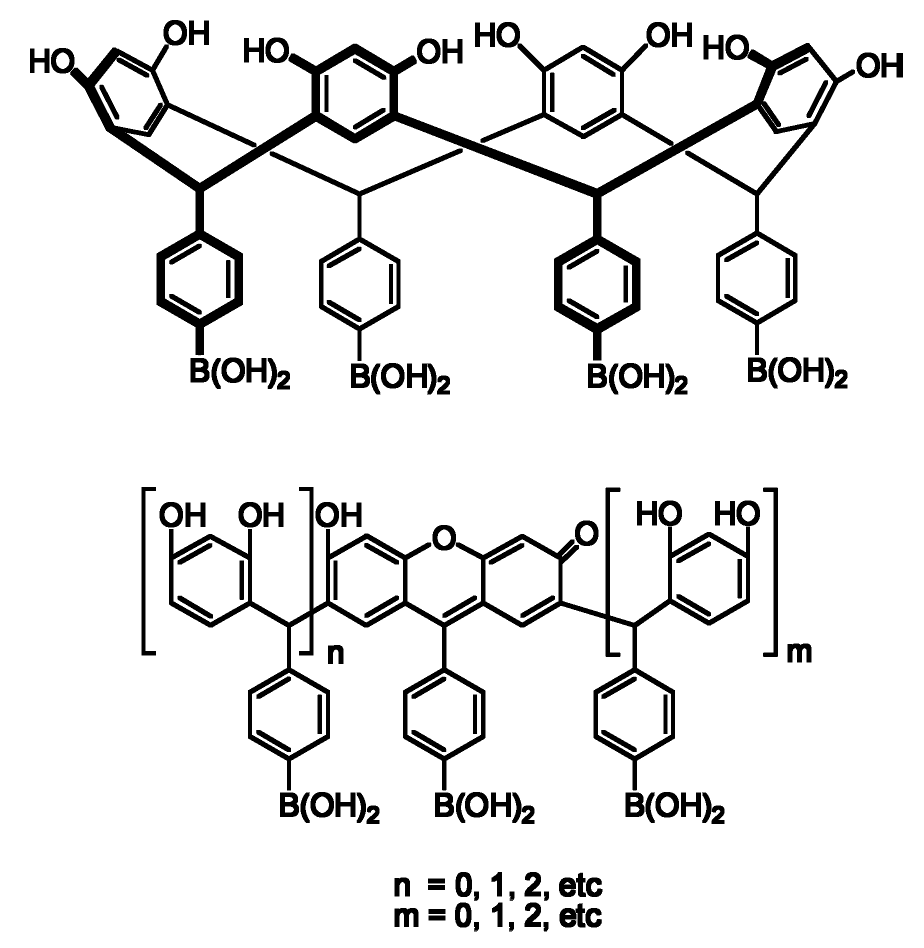
We discovered the mechanism responsible for the chromophore formation in resorcinarene solultions
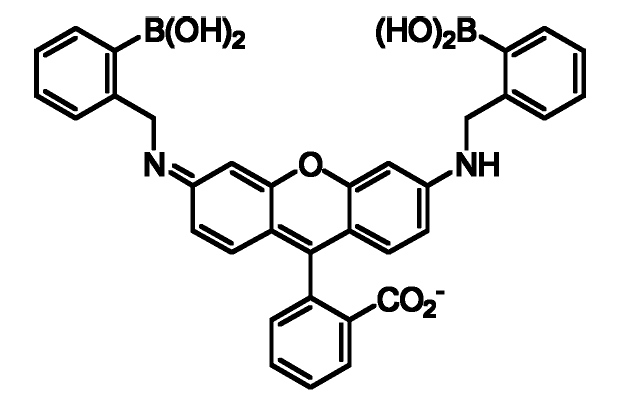
This rhodamine functionalized with arylboronic acids groups shows great selectivity towards ribose and ribose derivatives. This selectivity can be also modified towards fructose.
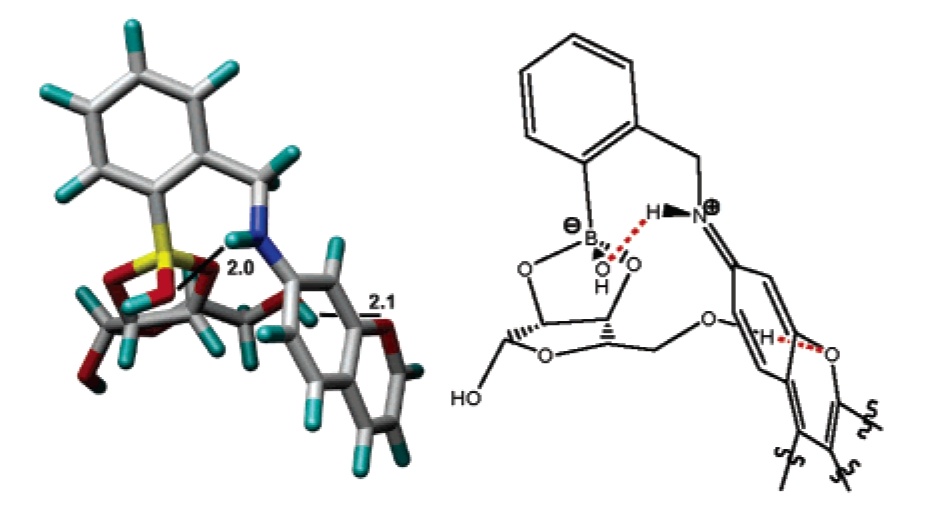
Energy-minimized structures of a rhodamine-based boronic acid and ribofuranose,
